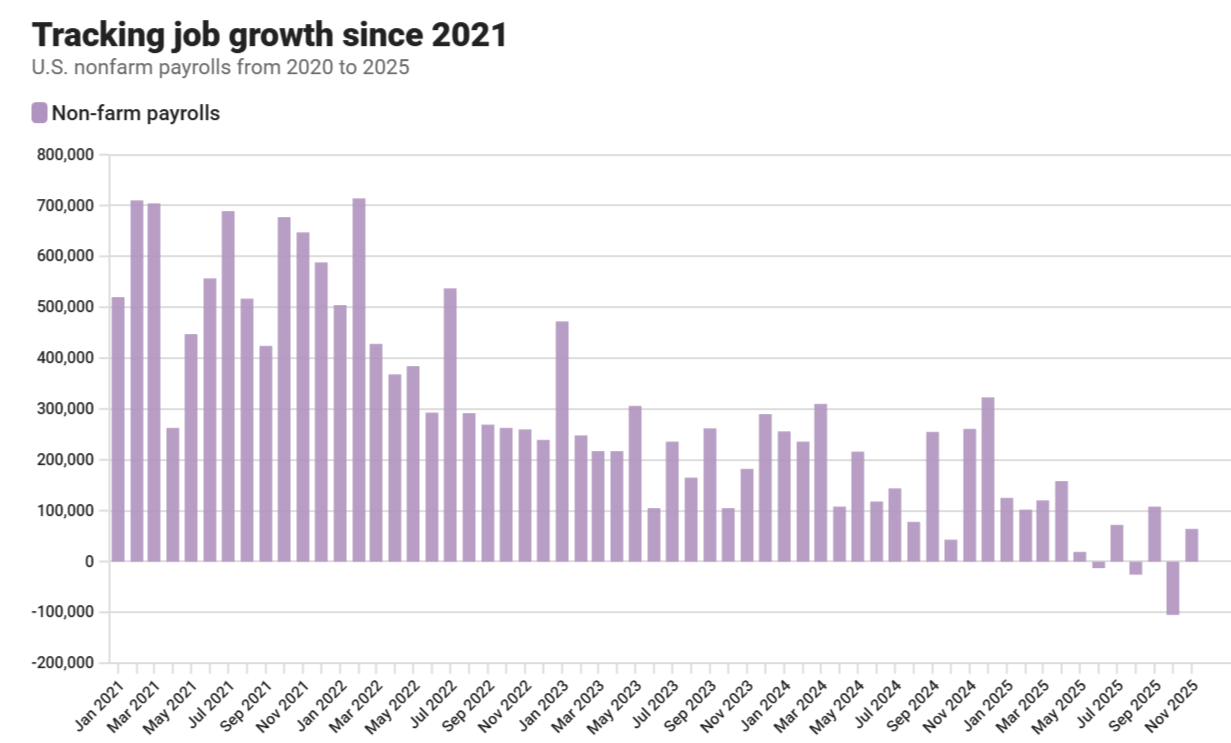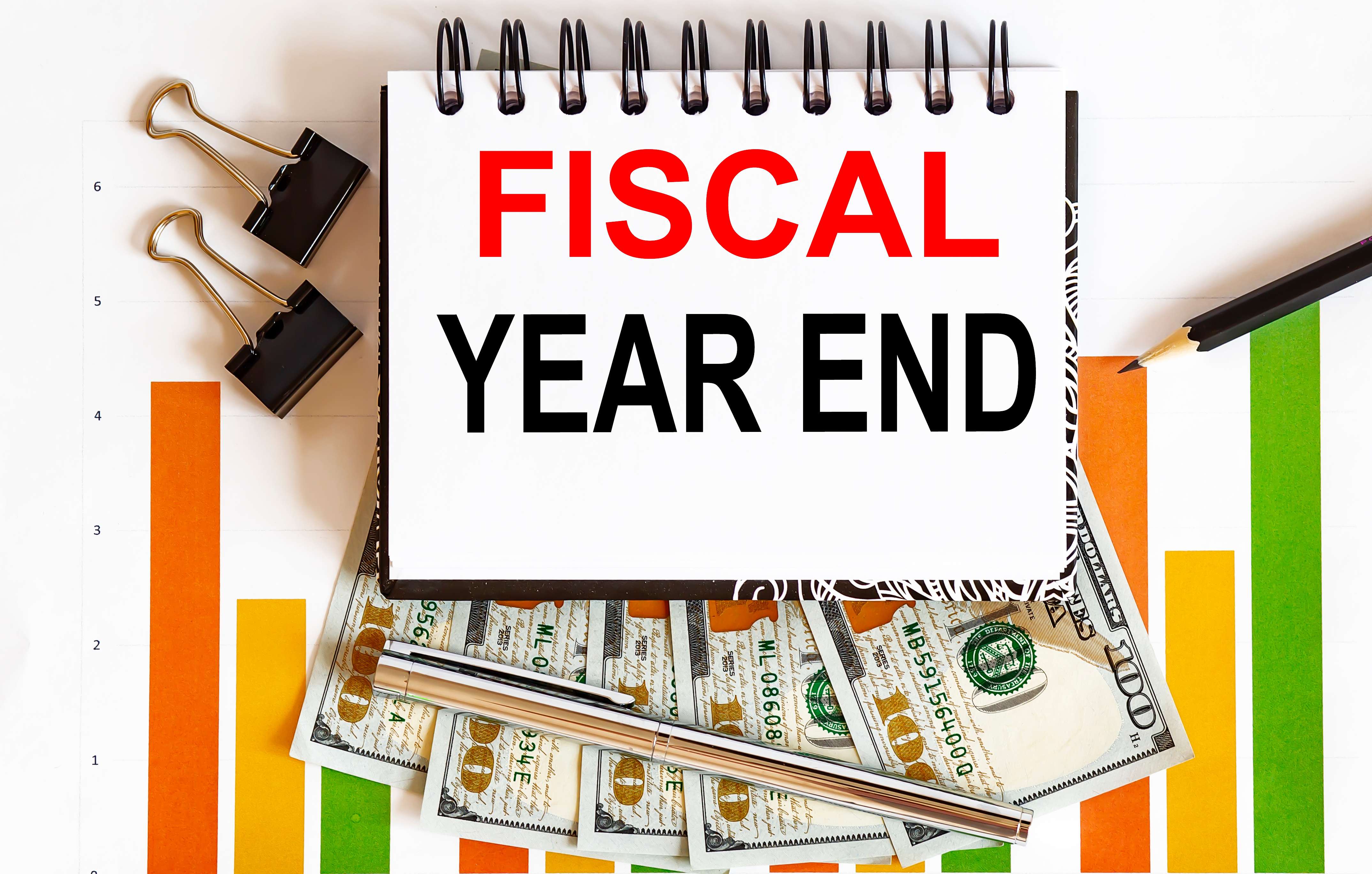There has been a pretty robust discussion about the $80 billion of increased funding for the IRS in the Inflation Reduction Act, which President Biden recently signed into law.
Background What Is the Inflation Reduction Act?
The $739 billion spending bill passed by the Democratic Congress is designed to address numerous issues within health care, taxes, and climate. The Inflation Reduction Act a revived version of the Build Back Better Act represents a major victory for President Biden’s administration.
The Senate passed the Inflation Reduction Act through the budget reconciliation process, requiring the votes of all 50 Senate Democrats and a tie-breaker vote from Vice President Harris. The House voted 220-207 along party lines in support of the act. There are several measures included in the bill that will affect individuals, corporations, and small businesses.
What Does the Inflation Reduction Act Do?
The bill allocates over $300 billion to energy and climate reform, which includes transportation, electricity generation, and renewable energy infrastructure. This portion of the bill includes tax credits for electric vehicles and making homes more energy efficient.
The Inflation Reduction Act also aims to make prescription drugs more affordable. It would allow the federal health secretary to negotiate the prices of certain drugs every year for Medicare. The bill caps out-of-pocket prescription drug prices for people on Medicare at $2,000 and adds a three-year extension on healthcare subsidies in the Affordable Care Act.
A key piece of the legislation involves the creation of a 15% minimum tax for corporations making $1 billion or more in income, expecting to bring in more than $300 billion in revenue. While the carried interest tax loophole ultimately was cut, it was replaced by a 1% excise tax on stock buybacks.
What many households and small business owners should be interested in is the Inflation Reduction Act’s enablement of a supersized IRS.
Supersizing the IRS: How Will This Affect Small Business Owners?
A Forbes contributor Daniel Mayo, in a recent post, stated “the burning question on everyone’s mind is whether the $80 billion of increased funding for the IRS will meaningfully increase IRS audit rates.” He explained that the answer is yes, but it will take some time to implement. This allocation is six times the current annual budget of the federal agency.
The new funding will give the IRS the resources to hire and train thousands of additional revenue agents and support staff to do the work, and that is no easy task. Also, only about $46.5 billion of the headline amount has been earmarked for enforcement activity. The remainder of the funds will be used to improve operations support, improve taxpayer services, and modernize the IRS’s technology infrastructure, including the development of a free e-file system for individuals.
Many Republican senators have voiced their concerns about this funding such as Senator Mike Crapo (R-Idaho), Ranking Member of the Senate Finance Committee, who stated “some estimate the $46 billion for an army of auditors may allow the IRS to hire as many as 87,000 new agents. That would make the IRS one of the largest federal agencies–larger than the Pentagon, State Department, FBI, and Border Patrol combined.” Mr. Crapo also said the new funding would be used to “squeeze more revenue” out of Americans who make less than $400,000 because they’re “easy targets.”
Rep. Kevin McCarthy, the House minority leader, said the money would be used to “harass the middle class.” The National Federation of Independent Business called the enforcement efforts an “indirect tax” that would burden small businesses with more audits and examinations.
Now the Democrats argue that the IRS currently employs 78,000 employees — half of which will be eligible for retirement in the next five years. And according to reporting from ABC News, the NYTs, and Vox, Treasury Department officials say all of those claims are false. Administration officials have reiterated that they will focus enforcement efforts on wealthy Americans and large corporations.
Janet Yellen, the Treasury secretary, reaffirmed similar commitments in a letter to the IRS commissioner last week.
“Contrary to the misinformation from opponents of this legislation, small business or households earning $400,000 per year or less will not see an increase in the chances that they are audited,” Yellen wrote.
Janet Holtzblatt, a senior fellow at the Tax Policy Center, said in general, she believed the IRS was committed to upholding its goal of focusing enforcement efforts on wealthy Americans and large corporations. But she said that depends in part on the IRS’s ability to determine people’s “actual” incomes.
“The kinds of taxpayers who fall in that category where there might be some uncertainty are going to be the self-employed, it’s going to be partners, it’s going to be people who are receiving income that’s not subject to a W-2,” Holtzblatt said. “It’s the ones whose income are not independently reported that become more of a challenge to identify.”
Audit rates across the board typically have been less than 1%. For years 2011 through 2019
As a result of reduced staffing at the IRS, audit rates of individual income tax returns decreased for all income levels from 2010 to 2019, according to a recent Government Accountability Office report. Audit rates decreased the most for taxpayers with incomes of $200,000 or more.
In 2019, the audit rate for taxpayers with income between $25,000 and $200,000 was 0.17 percent, according to the report. For those making $5 million or more, the audit rate was 2.35 percent in the same year.
For the years 2011 through 2019, the IRS examined 0.55% of individual tax returns and 0.92% of corporate tax returns. In FY 2021, the IRS closed about 739,000 tax examinations, and it processed more than 261 million tax returns and supplemental documents. To put this examination number in number perspective, the number of tax examinations in 2021 was less than half of the number of tax examinations in 2012. The chart below shows the number of tax returns examined over a 10-year period.

The Forbes article I mentioned above goes into some proposed math that says if we assume that all of the increased budgets is deployed to increase employee headcount by 35,000 FTE employees, and use the same assumptions above, then it would take the IRS just under 10 years for it to reach its goal (35,000 employees / (300 employees/month * 12 months) = 9.72 years). And then it would still need to layer in the time it takes to train all the new employees.
With a near doubling of its enforcement budget for 10 years, the question remains whether the expected hiring spree at the IRS will translate into a doubling of the current audit rate – from less than 1% to less than 2%? Maybe, but it’s not likely to occur in the next few years, as we see in the examples above. But when the increase in audit rates does occur, it will focus on high-end noncompliance, according to proponents of the legislation. Treasury and the IRS have indicated that audit rates on businesses and individuals making more than $400,000 per year will increase at a rate faster than those making $400,000 or less. Regardless, giving the tax collection agency more manpower to increase audits isn’t exactly welcome news for small business owners and the middle class. Schedule C filers, already at twice the risk of an audit as non-Schedule C filers, are right to feel weary about an increased risk of an audit. With limited resources, the last thing any small business owner needs is an audit notice.
Audits can be extremely serious and costly in terms of time, money, and energy. If you find yourself on the receiving end of an audit notice, have a plan in mind for how to tackle it moving forward.
Conclusion
The creative math in this article does not suggest taxpayers should start taking risky positions or expect to avoid an audit if they make $400,000 per year or less. On the flip side, taxpayers making more than $400,000 per year should expect an increase in audit rates over time, but not an immediate and dramatic spike as some media reports would suggest. In sum, the gross number of audits for all taxpayers likely will increase over time, but the takeaway here is that the percentage of audits relative to the total will increase for those making more than $400,000 per year.









